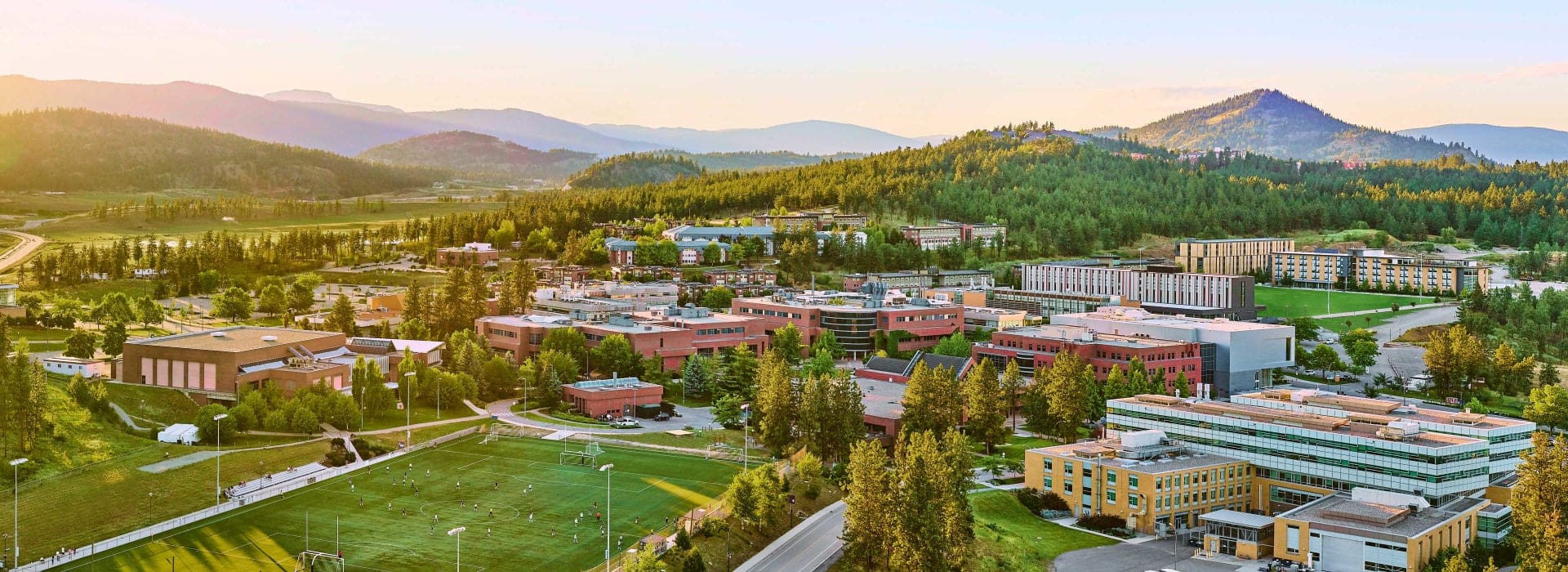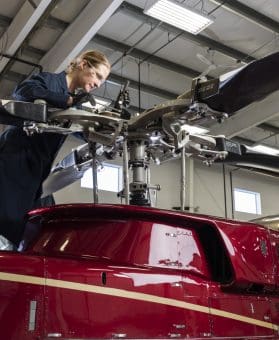The University of British Columbia Okanagan (UBCO) campus in Kelowna, B.C. is set to significantly reduce its greenhouse gas emissions with the installation of a centralized air-source heat pump (ASHP) from Vitalis, a Kelowna-based manufacturer of carbon dioxide-based clean technologies.

The Vitalis Coolshift system, which utilizes carbon dioxide as a natural refrigerant, is projected to cut campus emissions by 815 tonnes annually.
This project aligns with UBCO’s goal of reducing operations-related greenhouse gas emissions by 65 per cent from 2013 levels by 2030. The reversible heat pump will replace much of the natural gas used for heating and provide auxiliary cooling in the summer, marking a substantial step forward in the university’s climate action plan.
A greener heat pump solution
Most heat pumps use synthetic refrigerants that can be hundreds or thousands of times more potent than carbon dioxide as greenhouse gases. R744 (i.e., CO2 as a natural refrigerant), used in Vitalis Coolshift heat pumps, has an ultra-low global warming potential of just 1.
In addition, R744 doesn’t contribute to PFAS contamination, a common problem with many synthetic refrigerants like HFCs and HFOs when they leak into the atmosphere. This means R744 won’t pollute Kelowna’s soil or water, making it a safer choice for the local environment.
“We are thrilled to work with UBCO on this groundbreaking project,” said James Seabrook, president of Vitalis. “Our Coolshift technology is designed to be both highly efficient and environmentally friendly, helping to protect the place we call home from forever chemicals.”
The system, with a nominal capacity of 1.5 MW at -10°C, is designed to operate efficiently in outdoor temperatures ranging from -20°C to 40°C. It leverages the unique properties of CO2 to deliver outstanding performance in subcritical thermodynamic cycles, making it an ideal fit for UBCO’s ambient low-temperature district energy system (LDES).
nhancing campus sustainability
The Vitalis Coolshift heat pump will serve as the primary heating source for the LDES, which currently depends heavily on natural gas. It can provide 14,000 GJ of heating, covering more than 98 per cent of the LDES’s heating needs and displacing 430,000 cubic meters of natural gas annually.
The system will also provide auxiliary cooling and is designed to be scalable, allowing it to grow with the campus and adapt to future energy demands.
Learn more about the project by clicking here.
Article sourced from Environment Journal





